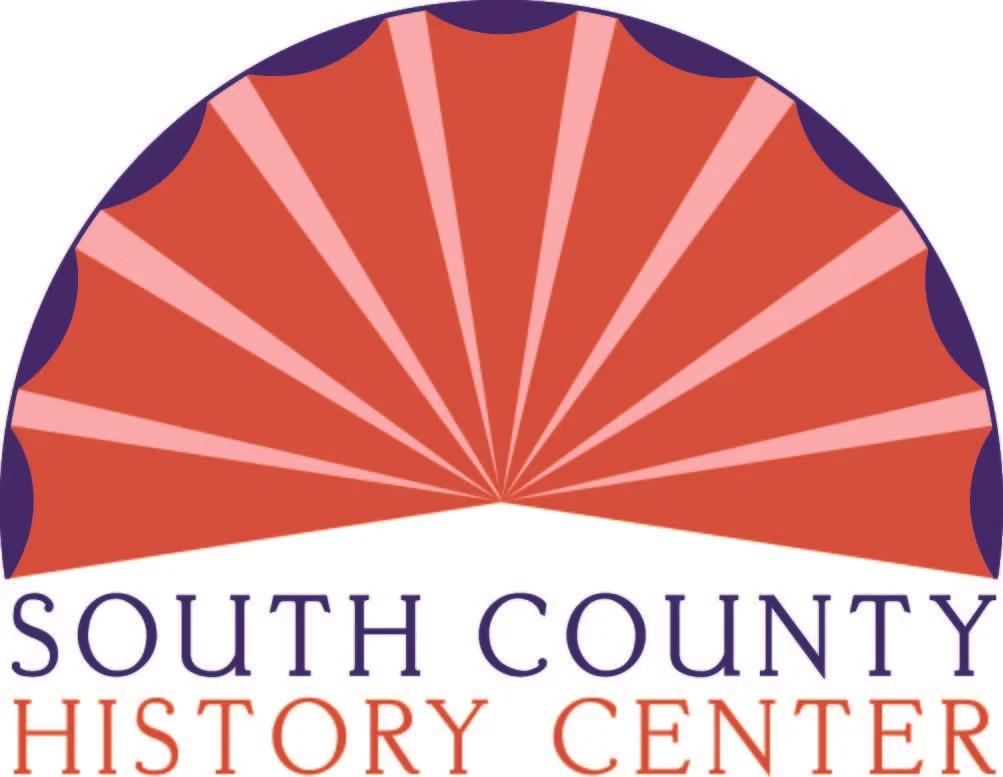This collection does not contain any items.
South County History Center
The South County History Center is dedicated to the preservation and promotion of South County's rich and diverse history.
Exhibit Navigation
1: Introduction
2: Ernest Hamlin Baker
3: Great Depression & New Deal
4: Treasury Section of Fine Arts
5: Baker’s Commission & Research
6: Slavery in Southern Rhode Island
7: Baker’s Process
8: The Finished Mural
9: Wakefield Post Office
10: Why the Mural Matters
11: Share Your Thoughts
